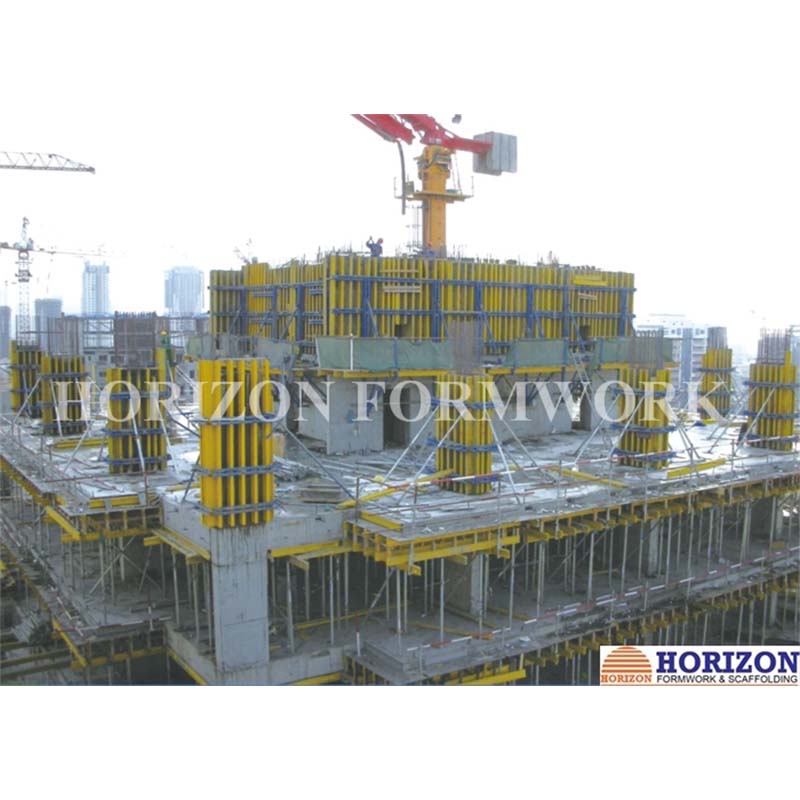Aug . 12, 2024 19:52 Back to list
Innovative Solutions for Slab and Beam Formwork Manufacturing and Design Techniques
The Essential Role of Formwork in Slab and Beam Construction
Formwork is a crucial component in the construction of slabs and beams, acting as a temporary mold that shapes the concrete until it hardens. As a manufacturer of formwork systems, understanding the intricacies of designing and producing effective formwork solutions is vital for ensuring the integrity and efficiency of construction projects.
Understanding Formwork
In the construction industry, formwork refers to the temporary structures that hold concrete in place while it sets. These systems can be made from a variety of materials, including timber, steel, aluminum, and plastic. The choice of material largely depends on project requirements, budget, and the expected load. Properly designed formwork allows for precise shaping and support, ensuring that the final concrete structure meets all specifications.
Importance in Slab and Beam Construction
When constructing slabs and beams, formwork plays a pivotal role in determining the quality of the concrete finish. Slabs provide horizontal support for floors and ceilings, while beams serve as the vertical supports that transfer loads. Given the significant weight and structural demands of these elements, the formwork must be robust and accurately crafted.
1. Structural Support The primary function of formwork is to provide structural support during the curing process. It must be capable of withstanding the weight of wet concrete, which can be considerably heavy, and resist any lateral pressures. Properly installed formwork ensures that slabs and beams maintain their intended shape and dimensions.
2. Surface Finish The quality of the formwork directly influences the surface finish of the concrete. Smooth and well-maintained formwork can lead to a superior surface finish, minimizing the need for extensive post-construction treatments. This can save time and costs, increasing the overall efficiency of the construction process.
formwork for slab and beam manufacturer

3. Speed of Construction Effective formwork systems contribute to the speed of construction. Prefabricated formwork solutions can be quickly assembled and dismantled, allowing for a faster turnover time between successive pours. This is particularly beneficial in large-scale projects where time efficiency is crucial.
4. Cost-Effectiveness Investing in high-quality formwork can actually reduce overall project costs. Durable formwork can be reused for multiple projects, decreasing the need for new materials. Additionally, effective planning and design of the formwork can minimize waste and optimize labor expenditure.
Innovations in Formwork Technology
The construction industry has seen significant advancements in formwork technology, including the development of flexible, lightweight systems that can be easily manipulated to meet different project requirements. Innovations like modular formwork allow for quick adjustments and can be adapted to various shapes, enhancing versatility in design.
Moreover, advances in materials science have led to the creation of hybrid formwork systems that combine the strengths of different materials. For instance, lightweight forms made of aluminum can offer the necessary strength while also being easy to handle, reducing labor costs and increasing safety on the job site.
Conclusion
In conclusion, the role of formwork in slab and beam construction cannot be overstated. As a manufacturer, it is crucial to prioritize the design and production of high-quality formwork solutions that enhance structural integrity, surface finish, and overall project efficiency. With ongoing innovations in formwork technology, the future of construction looks promising, offering even greater opportunities for improvement and excellence in building practices. As the industry continues to evolve, adapting to new challenges and demands, manufacturers must remain at the forefront, ensuring their formwork systems meet the highest standards of quality and performance.
-
High-Quality U Head Jack Scaffolding – Reliable Scaffolding Jack Head Manufacturer & Factory
NewsJul.08,2025
-
High-Quality I Beam H20 Leading Timber Beam H20 Material Factory, Exporters & Manufacturers
NewsJul.08,2025
-
High-Quality Powder Coating Steel Formwork - Durable & Corrosion Resistant Solutions
NewsJul.07,2025
-
Inclined Column Formwork Supplier – Durable & Precise Solutions for Unique Structures
NewsJul.07,2025
-
High-Quality Water Stop Solutions Trusted Water Stop Company & Suppliers
NewsJul.07,2025
-
High-Quality Formwork Material Supplier Reliable Manufacturer & Factory Solutions
NewsJul.06,2025